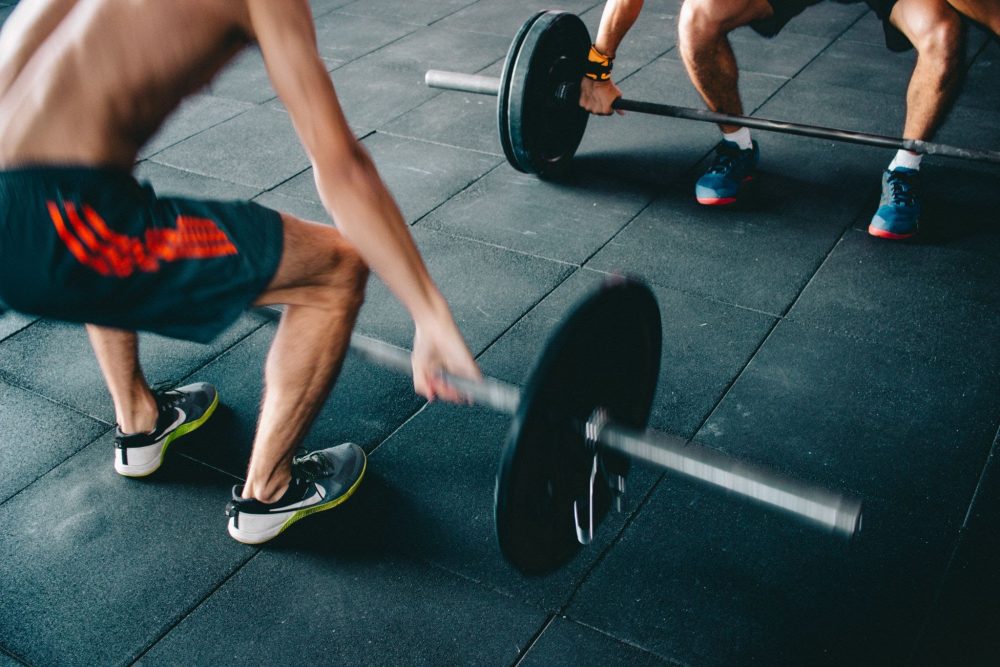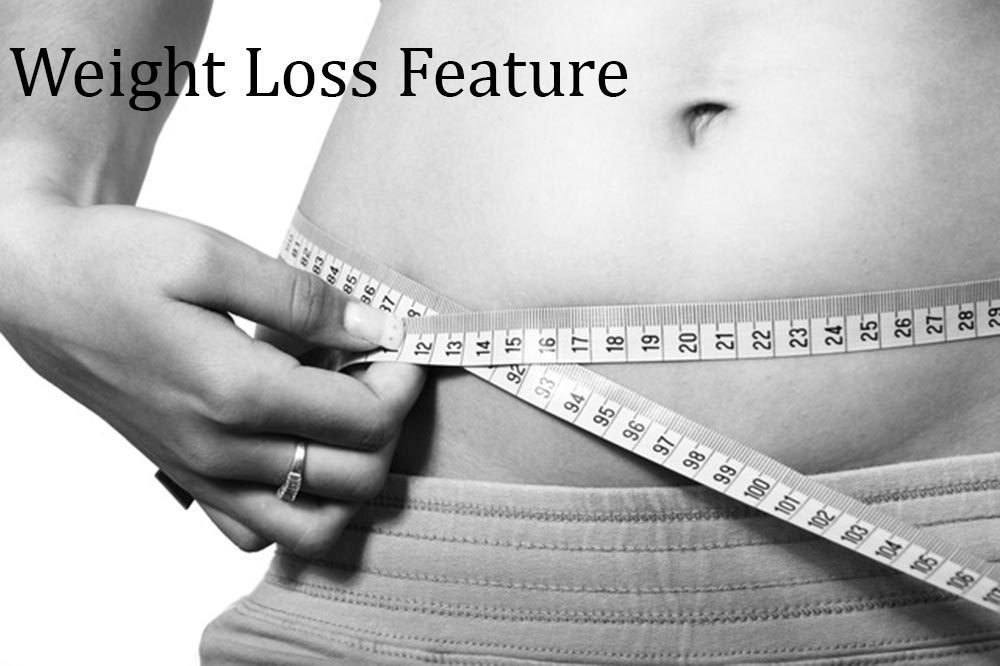
High Intensity vs Low Intensity Workouts
*This post may contain affiliate links* or products that have been sent to me for review. You can find out more in my Privacy and Cookie Policy*
Brought to you by OnBuy
There is no shortage of exercise options for people on their fitness journey thanks to extensive scientific research, millions of personal trainers, and hundreds of forms of exercise available. However, one of the early decisions that is key to forming your regime is choosing between low intensity or high intensity workouts.
High intensity workouts are often defined as activities that make you operate within 80%-90% of your maximum heart rate [Very Well Fit] and can include things such as skipping, high intensity interval training [HIIT] and interval running. On the other hand, low intensity workouts include things such as swimming, walking or slow weight lifting and is generally categorised as an activity that has you operating at around 50% of your maximum heart rate for a longer period of time [St. Luke’s Health].
Here, we have outlined the key benefits of both types of exercise to help you identify which is best for you.

Calories burnt
Both forms of exercise are great for burning calories when you are in the gym. High intensity workouts push your heart rate hard and fast, making you burn off hundreds of calories in less time. Low intensity workouts often put you in a position to burn fewer calories but at a more sustainable pace.
For example, exercising on treadmills and running machines using HIIT would burn 450-500 calories in around 30 minutes of intermittently being at 90% of your maximum heart rate, making it hugely efficient. However, whilst low intensity workouts burn fewer calories [around 250-300 in 30 minutes], it’s much more sustainable being in at 50% of your maximum heart rate, meaning you can work out for longer periods of time to eventually burn more calories [Live Healthy].
That being said, both methods effectively burn calories, but one may suit you and your lifestyle better. For those who have less time available to work out, a high intensity treadmill run may be the answer to quickly hitting your calorie goal, but for those with time to spare, low intensity walking, or jogging may be a better alternative.
Enjoyability
Both forms of workout are great for your overall health and fitness, but the one you choose should be heavily based on what you personally enjoy.
High intensity workouts are often shorter, sharper movements with big bursts of energy. For some, this is what they want from a workout! To be consistently at their near maximum for a shorter period. For others, low intensity workouts are more enjoyable. A light jog or some longer weightlifting sessions mean you are exercising for longer but at a lower threshold, which may be more enjoyable long-term.
You should be excited to go to the gym and choosing the right way to workout means you are more likely to be consistent with the frequency in which you exercise.
Balance of both
Many people will find that a combination of the two types of workout help contribute to consistency, results, and enjoyment. Whilst you may prefer one to begin with, you can introduce aspects of the other for a diverse and balanced workout.
In some instances, people may prefer high intensity workout to a low intensity workout but find themselves enjoying switching to low intensity for a change of routine and to keep their gym regime fresh and exciting.
There are pros for both low and high intensity workouts, but largely their results remain the same. Your choice in process relies heavily on what you like, what works for your schedule and how you want to spend your time in the gym. Incorporating aspects of both will result in a varied and dynamic workout that keeps your gym regime fresh and exciting!





